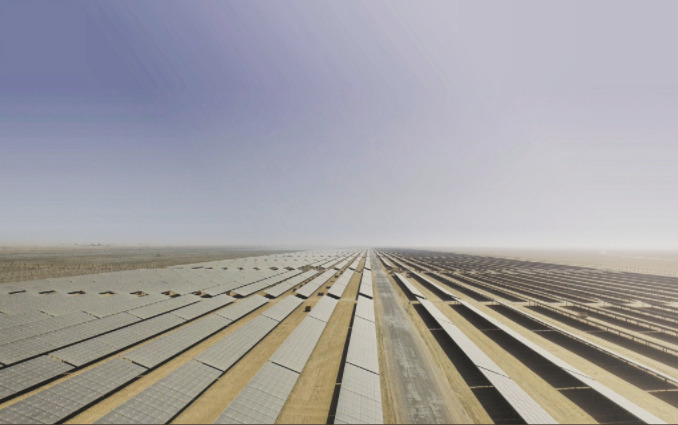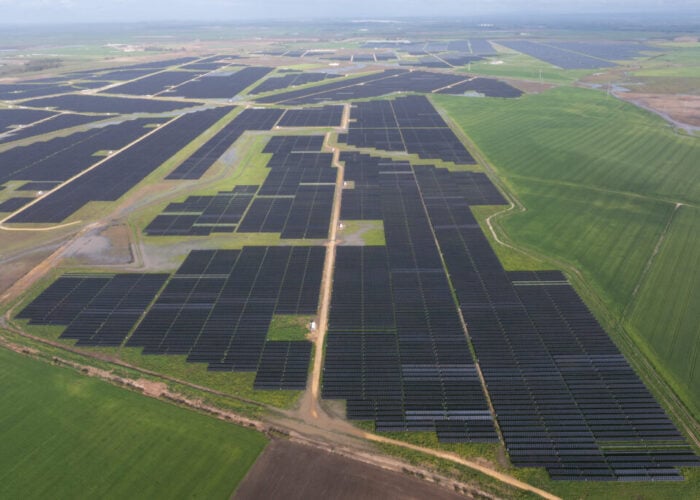
ACWA Power has reached financial close on three solar PV projects under round two of Egypt Feed-in-Tariff program II – with the three installations boasting a generation capacity of 165.5MW.
The total project cost is US$190 million – of which 75% is financed through a non-recourse project debt from the European Bank for Reconstruction and Development and the Industrial and Commercial Bank of China.
Try Premium for just $1
- Full premium access for the first month at only $1
- Converts to an annual rate after 30 days unless cancelled
- Cancel anytime during the trial period
Premium Benefits
- Expert industry analysis and interviews
- Digital access to PV Tech Power journal
- Exclusive event discounts
Or get the full Premium subscription right away
Or continue reading this article for free
The three projects, located in the Aswan Province at Benban, Egypt, will have a respective capacity to generate 67.5MW, 70MW and 28 MW as individual projects. Construction on all three projects will commence in the first quarter of 2018.
Once operational in the fourth quarter of 2018, the new installed capacity will power 80,000 houses and provides a saving of 156,000 tons of CO2 a year.
Paddy Padmanathan, president & CEO of ACWA Power, said: “We are very excited that our first projects in Egypt have not only achieved financial close but are three photovoltaic power plants supporting the Egyptian Government in its pursuit of securing 20% of renewable energy in the power generation mix by the year 2022.”
Rajit Nanda, chief investment officer of ACWA Power, said: “Achieving financial close for these projects is a significant milestone – not just for these projects, but as our first projects they establish the foundation for many more opportunities that ACWA Power is pursuing with the Ministry of Electricity.
“ACWA Power identified Egypt as an investment destination worthy of pursuit in 2009 and subsequently established a local company ACWA Power Egypt in 2015. The successful financial close of these projects is a harbinger of change in the deployment of power generation capacity, and reinforces our belief in the potential that exists in the country.”






